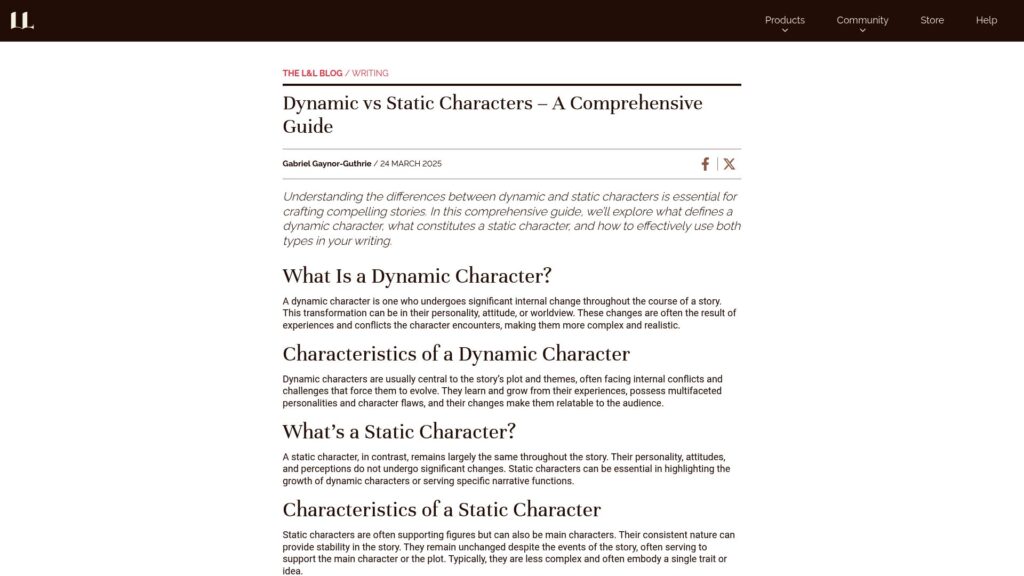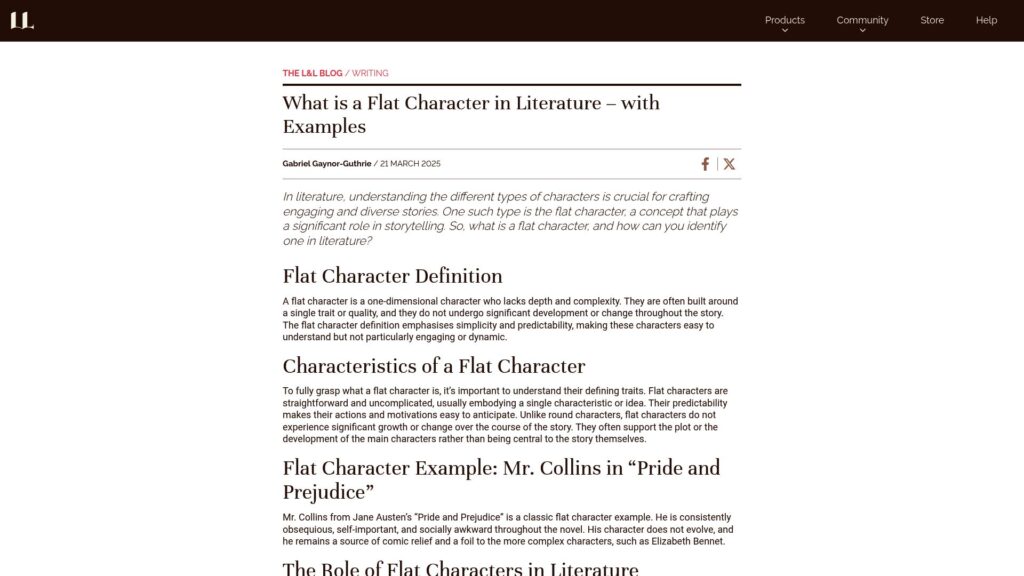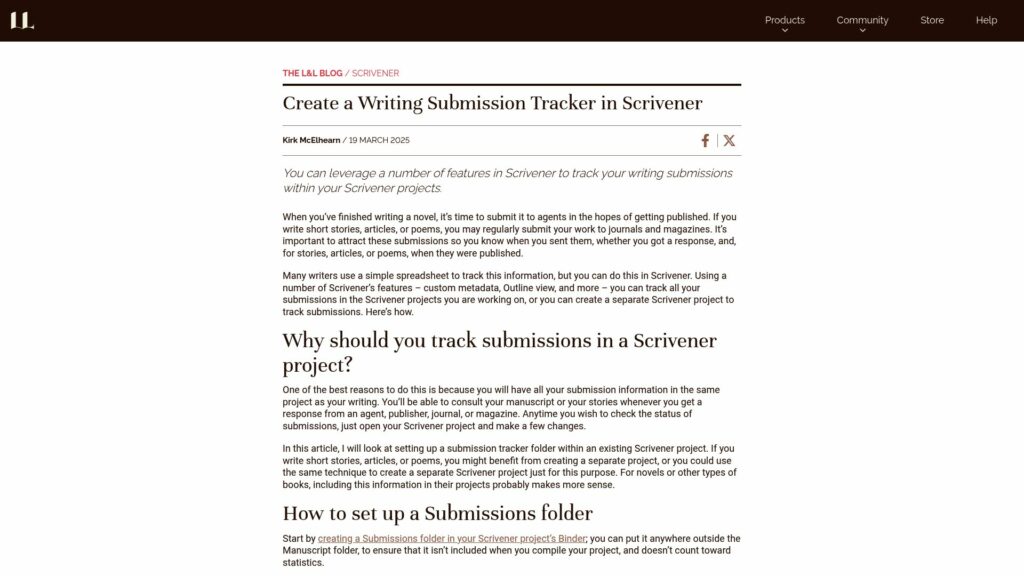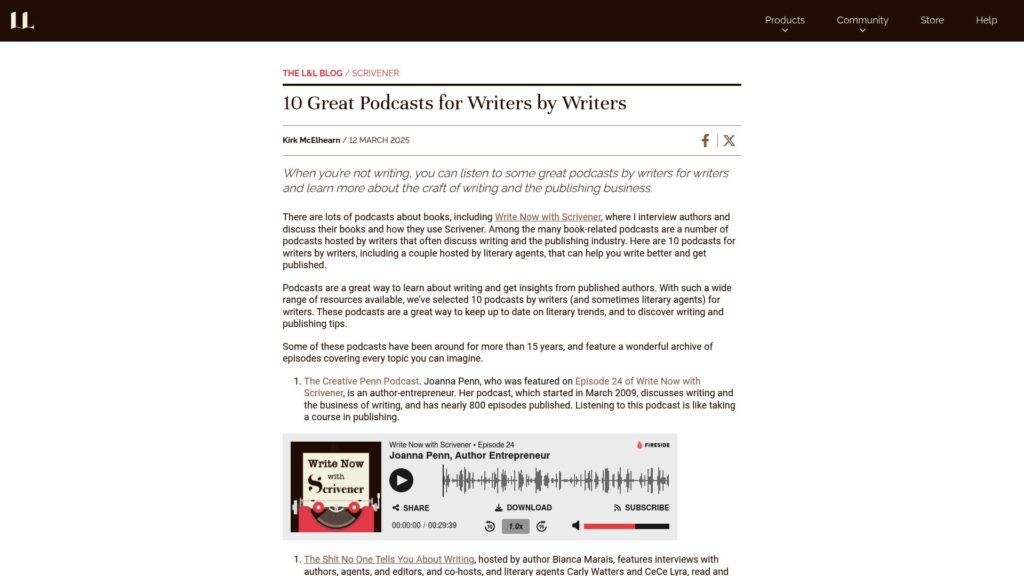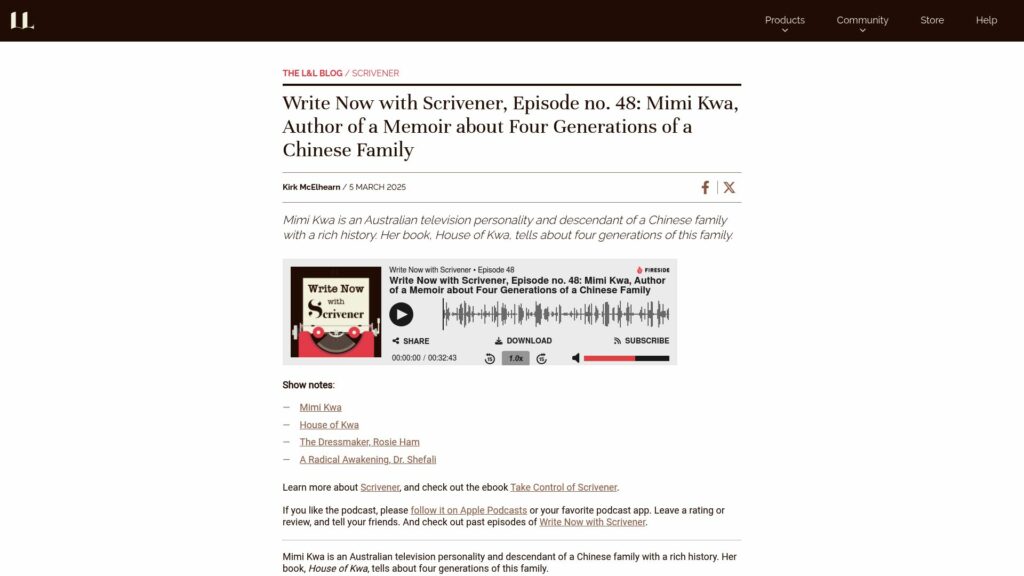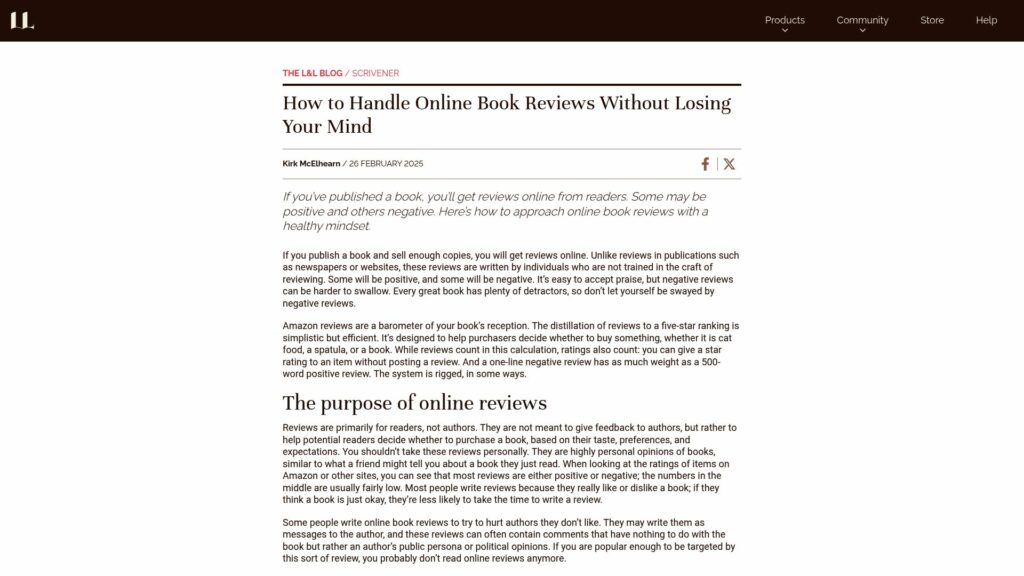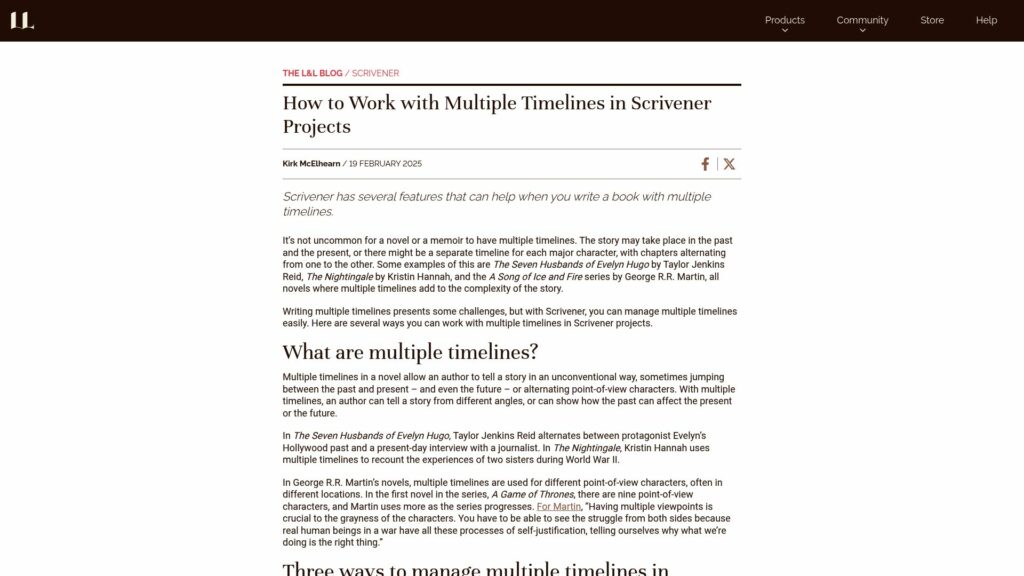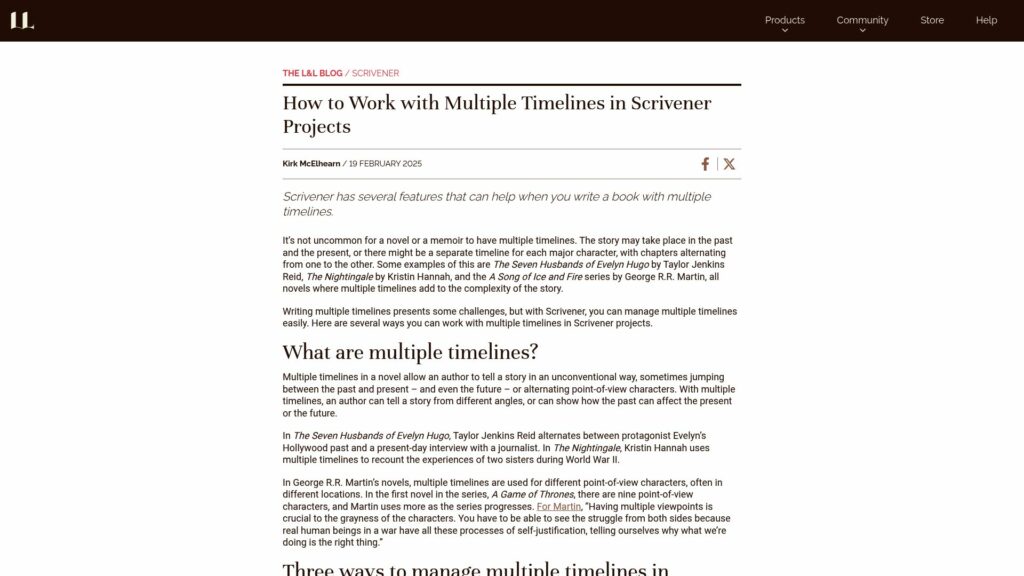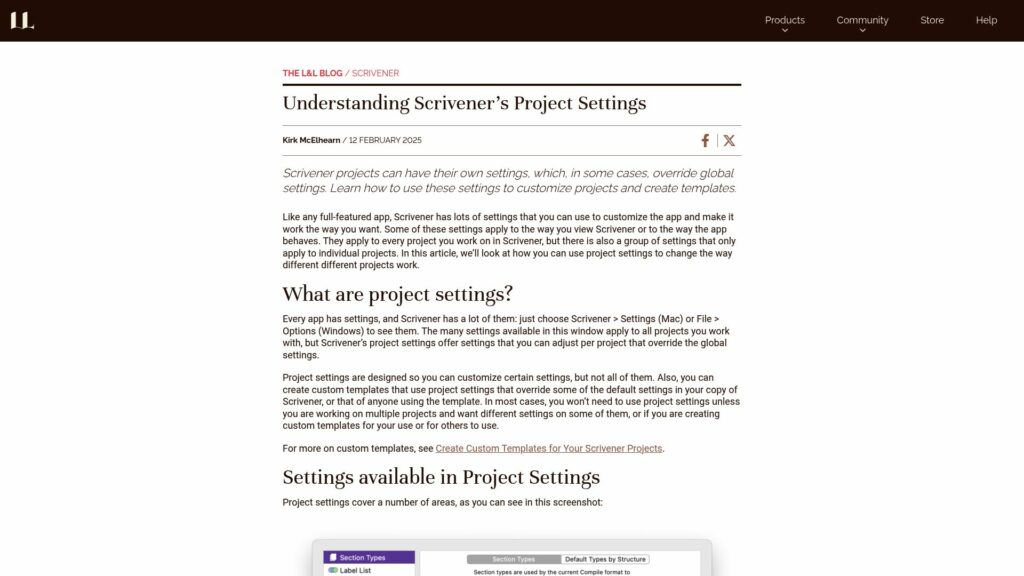3 Power-User Tips for Working More Efficiently With the Scrivener Binder
Three tips for optimizing the Binder in Scrivener:
1. Show document counts in folder icons to manage projects better.
2. Add links to files in the Inspector for quick reference.
3. Use Editor navigation history for efficient document navigation.
Implementing these tips can enhance your workflow in Scrivener.

